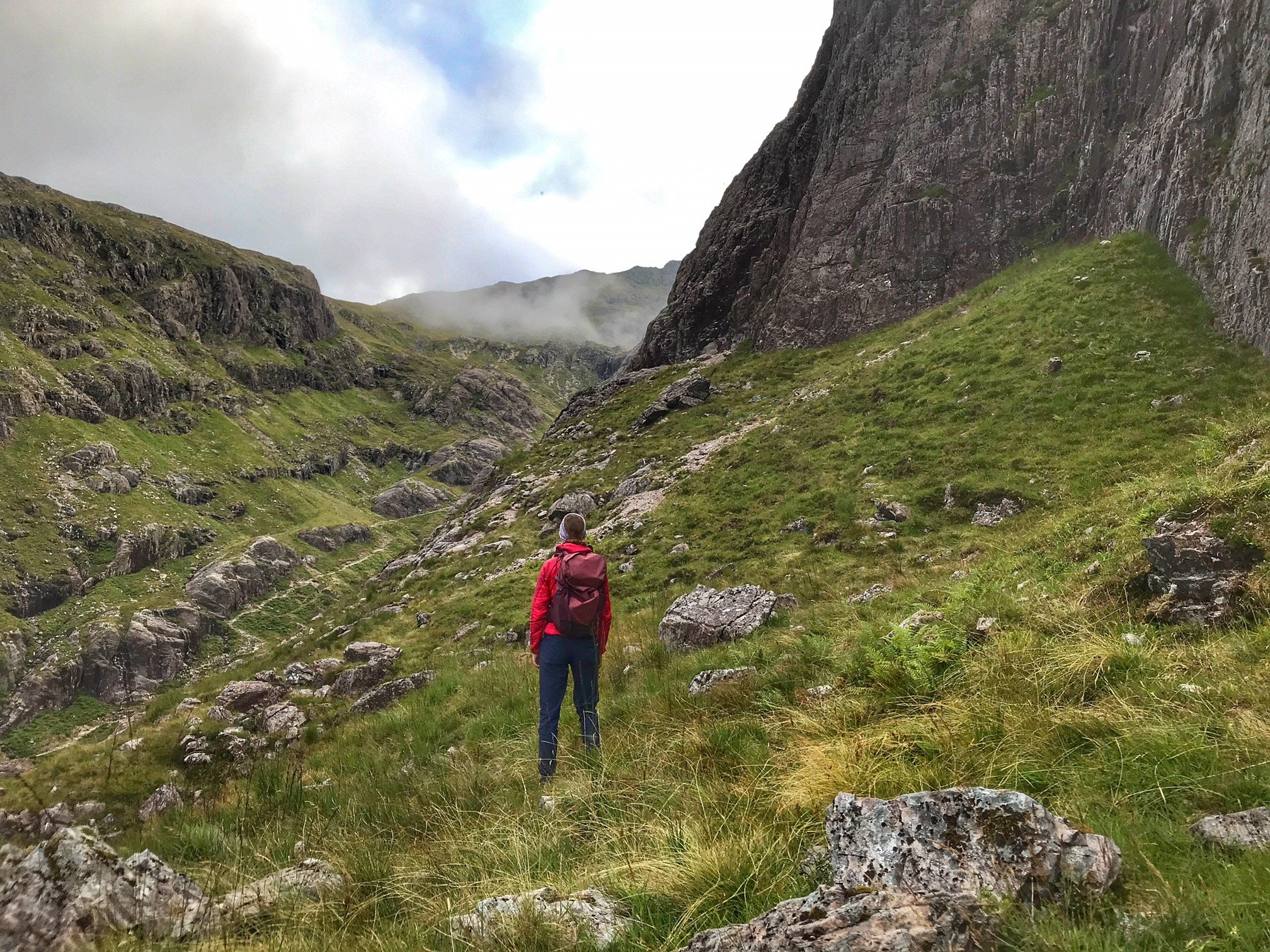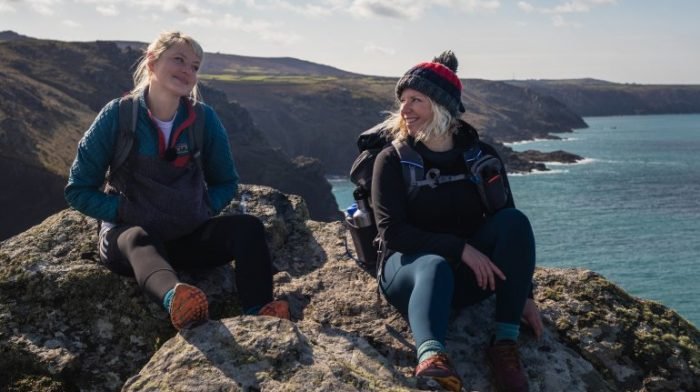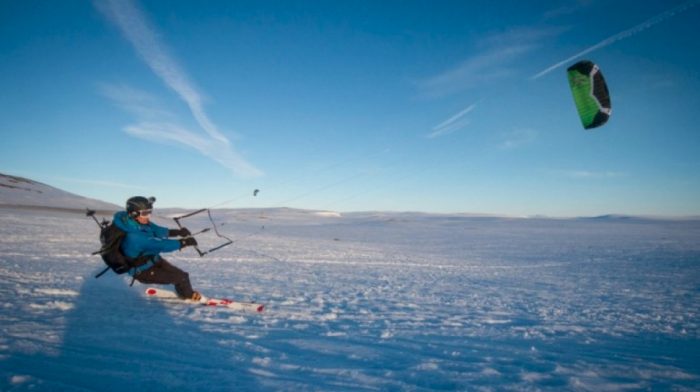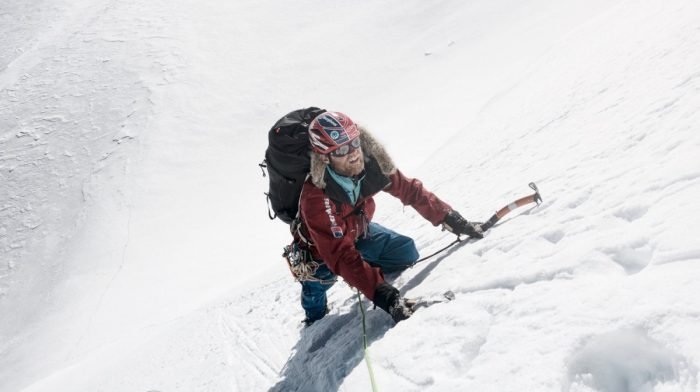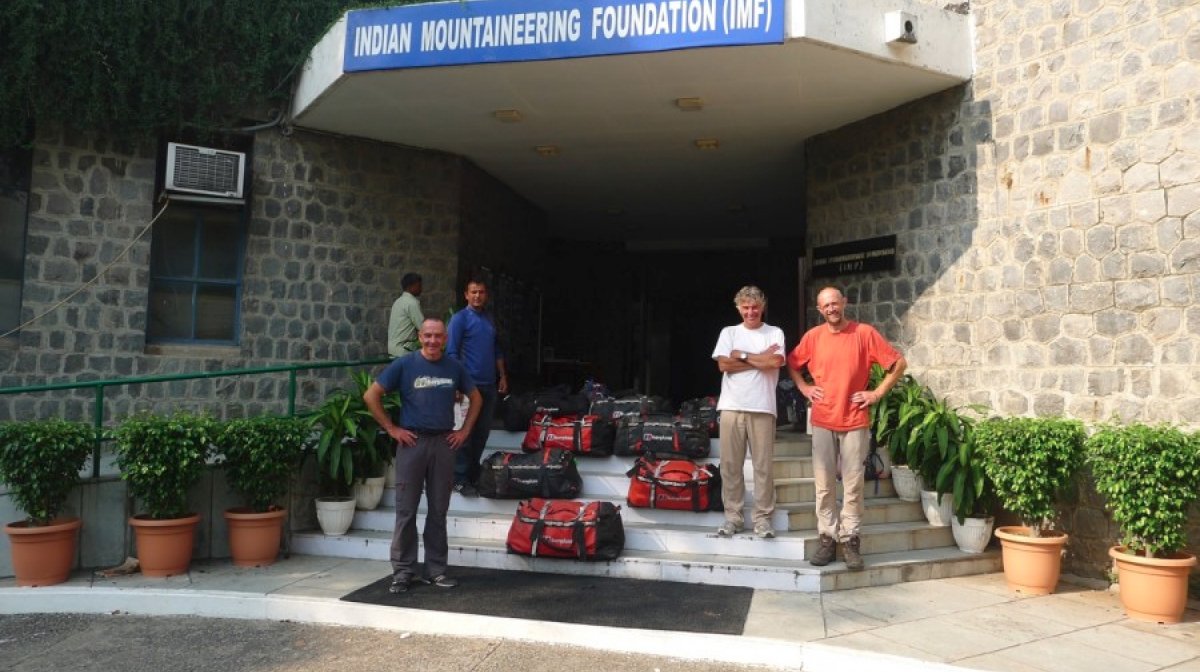This huge guide to climbing and preparing for Everest has been provided by Berghaus sponsored athlete Rolfe Oostra. Speaking from experience of guiding expeditions through 360 Expeditions.
Over to you Rolfe…
The wheels towards the summit of Mount Everest have begun to roll again. Around the world many climbers will be packing their bags, rounding up their final training and saying goodbye to their families.
How well they will do depends on their approach, level of preparation, fitness and climbing experience. The mountain itself has not changed much since it was first climbed by Tensing and Hillary, it remains one of the most hostile places found on planet earth. It’s seriousness as a mountaineering objective must never be under-estimated.
In this article I hope to present some advice about how to best prepare for this climb covering:
Adaptability
Fitness
Experience
Support & Equipment
All my advice is based on my three expeditions to the mountain, in particularly last season when I reached the summit with the client I was guiding. As you can imagine I took the chance to guide on Everest very seriously and went above and beyond to make my clients dream a reality.
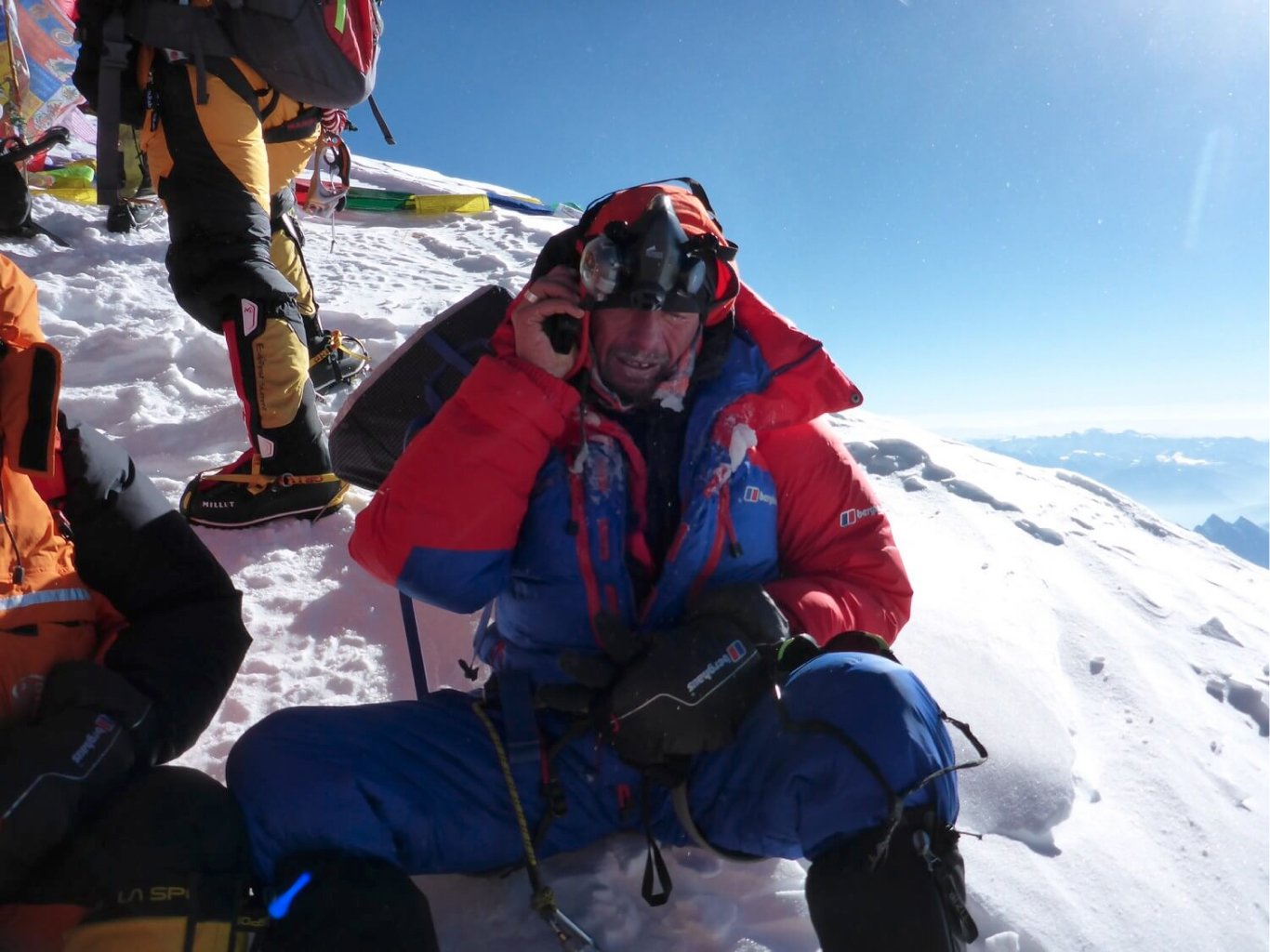
Everest is something very different…
What I learned from the experience is Everest specific. This mountain is an entirely different prospect from the other 8000 meter mountains I have guided on and aspirant climbers should be well aware of this.
Take our summit day for example. Our initial summit strategy based on the weather forecast and my clients fitness and performance till the moment we arrived on the South Col was fairly relaxed.
Things had been going well during the acclimatisation phase, my client was probably the most experienced paying client on the mountain, her climbing CV is outstanding.
A good weather window would most likely see her stand on top of the world but her eventual success on summit. However had she not taken the mountain as seriously as she did prior to the expedition she might not have had the chance to stand on top of the world.
Plans can change – be ready to be adaptable
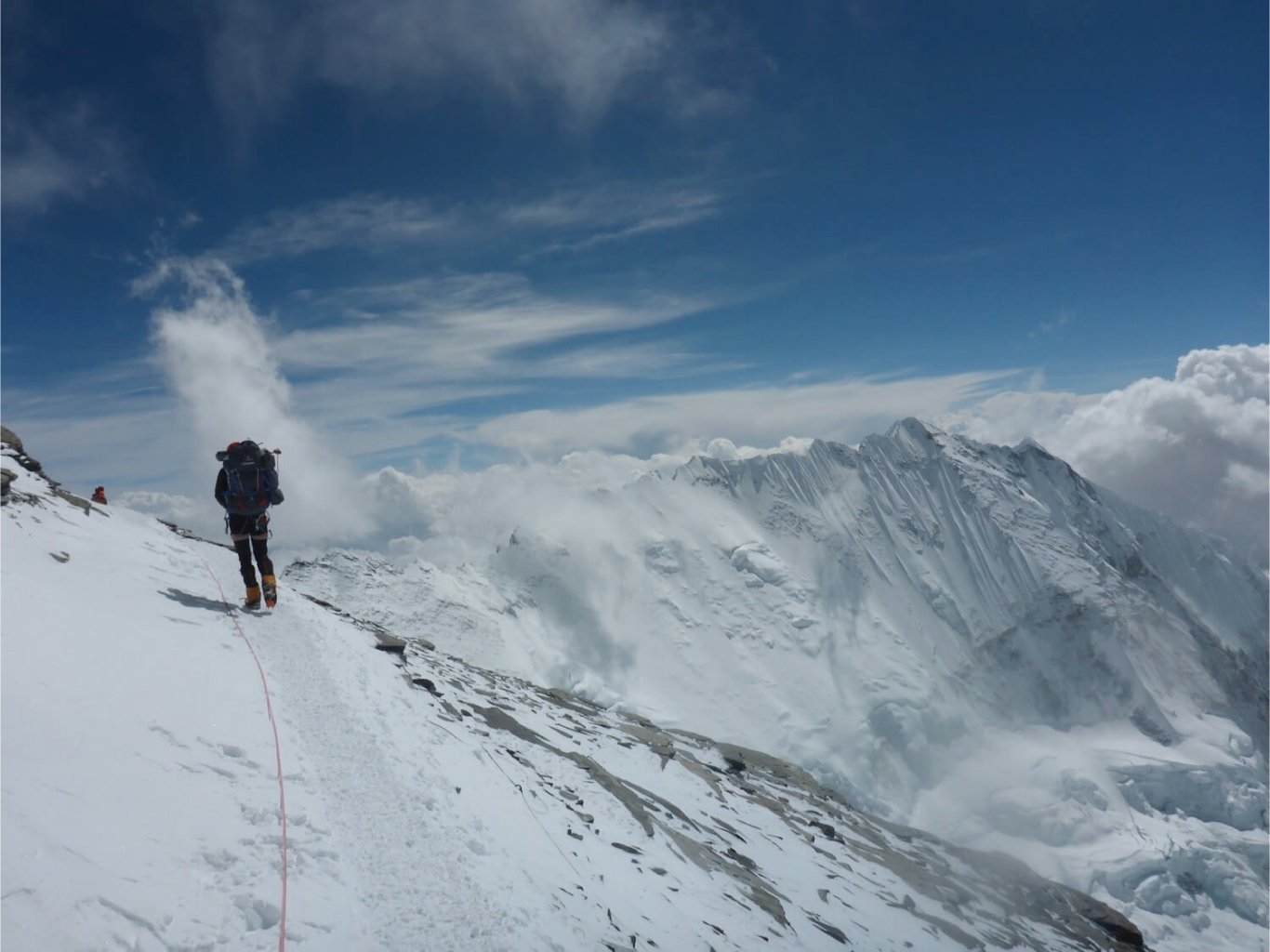
Once we arrived at the South Col we settled into a tent and began the hydration routine and prepare for the ascent. It wasn’t long before we noticed a huge crowd of climbers begin to shuffle across the col towards the south col slopes. It was 7 pm and they had already begun their ascent. We had planned to leave at 11 pm knowing that based on our timing to date we would stand a realistic chance of summiting at 7 am.
A dramatic change of plan was needed if we were not only to get ahead of the slow climbers but more importantly to summit the mountain before the predicted storm winds. These were due to develop around 9 am the following morning and compromised the safety of our descent.
On summit night a lot of factors come into play which can determine whether you can climb within the allocated safety margin you have set yourself.
When you have reached the high camp (South Col) you will know your rough climbing speed and how much oxygen you are likely to be using. You will know the forecast and can build a strategy which allows you to climb safely and top out at the optimal time and avoid worsening conditions or plan to be a long way down if the forecast worsens.
What can’t be planned for are other climbers. On our summit night all our safety margins were compromised by climbers moving too slowly (or not at all) and climbers whose technical experience was lacking to allow them to climb even the easiest obstacles presented on the ascent.
These two factors caused serious delays and bottlenecks to form causing us and many other climbers to get extremely cold and run low of oxygen. But more importantly since the conditions gradually deteriorated during the night we would probably still be high up on the mountain when conditions became un-safe.
Because we were adaptable enough to change plans, leave earlier, take additional surplus oxygen (and more importantly my client had the technical competence to un-clip from the safety line and solo-climb past the struggling climbers) we summited on schedule and descended safely before the weather turned nasty. Many others however did not.
Facing the above scenarios we needed to think outside the box in a situation that was in the dark, well above 8000 meters and extremely cold. We had planned for these often un-thought of details and reached the summit and came home safely. Others were not as well prepared.
Fitness:
Before coming to Everest be in the best condition of your life. The famous American Alpinist Marc Twight once quipped that the stronger you are the harder it is for the mountain to kill you. He is right.
Focus on relevant exercise. Train your cardiovascular capacity and improve your stamina. Replicate what you will be doing on the mountain; carrying loads for long periods of time. You can’t train for altitude but you can train for the work involved on an expedition.
Getting out and about in your nearest wilderness area and carrying a heavy rucksack for extended periods of time not only allows your body to get used to the exact work you will be doing on the mountain but it will get you used to your boots and kit too. More importantly by being well honed you will love the expedition and get so much more out of the experience.
Prior expedition experience:
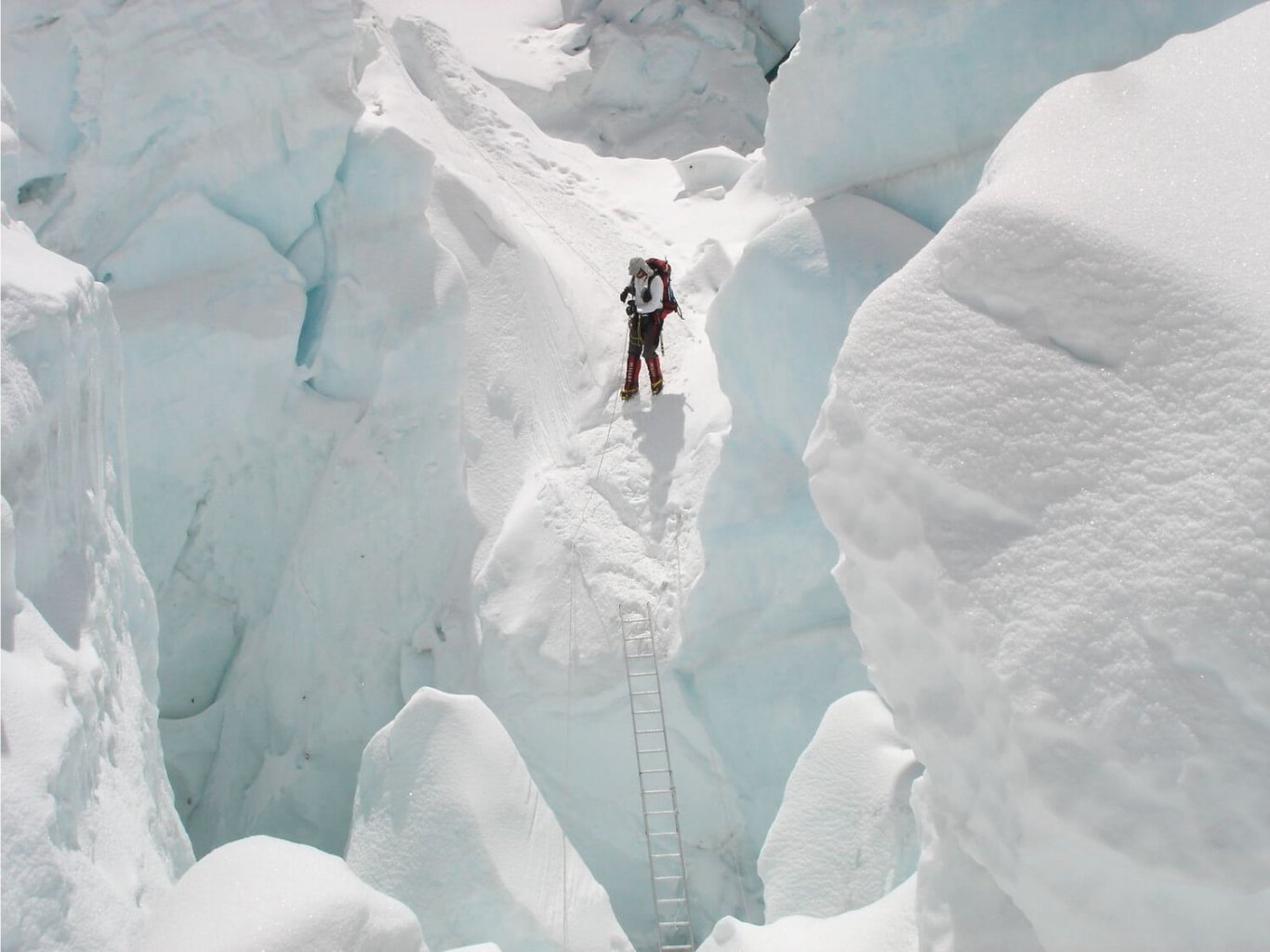
With the advent of “ask no questions” outfitters the importance of this is often swept under the carpet.
This usually results at best in a lot of money being wasted (and at worst in injury or death). The need to be a competent and self-sufficient climber will not only stand you in good stead but may save your life. You will be able to decide for yourself what is safe, judge snow conditions, make reasonable weather predictions and know how to handle your kit.
Remember that you are on Mount Everest and your hand can not be held for the entire ascent. You might find yourself in a scenario where you need to have a little self-reliance.
Crossing ladders over huge crevasses in the Khumbu icefall, jumaring up the Lhotse face, using your oxygen equipment, abseiling the endless ropes back down, cooking above camp 2 and melting your own water from ice are only a few instances you are expected to be able to cope with.
Having cut your teeth on other mountains will allow you to climb with a certain amount of freedom and as a consequence enhance the expedition experience. The type of expedition experience prior to coming out is also hugely important. Having been guided up Mont Blanc, Mera peak or Baruntse will be not be as relevant as training for Everest as having been on a self-supported expeditions where all the expedition related decisions are made by you and your team.
As a minimum a combination of Aconcagua and Denali or more relevantly an 8000 meter peak such as Cho Oyu will provide you with sufficient amount of valuable knowledge and expertise to enjoy the ascent.
Support
Realistically match your prior mountaineering experience with the level of support you choose for your Mount Everest ascent.
Scrutinise the company you aim to climb with. For the sake of saving a few dollars you might be getting yourself into a lot of hot water.
What’s included? What’s not? Since you are going to be at basecamp for a long time, ask about their basecamp facilities. Do they provide the much appreciated luxuries that make this camp a home away from home? How experienced are their Sherpas? Are you going to find yourself summiting with an inexperienced Sherpa who has never been above C2 and who speaks little of your language? Assuming you might need a guide, what is their experience? Have they been above 8000 meters before? And who will be your team-mates? What is their level of experience? Does the company you sign up with provide you with a chance to meet them in a social setting? Or will you only find out at basecamp whose tent you will be sharing your much-looked forward to expedition with.
These are questions that need to be asked.
Generally it is the higher costing veteran companies that have their formula for getting you to the summit nailed. Call them and ask those questions. It is your money and your life you are entrusting them with.
Equipment
A carpenter friend once told me he is only as good as his tools. Sure he can build a house with a 2 dollar hammer but it will take him a lot longer as the thing is bound to break. So it is with your mountaineering equipment.
I have seen entire expeditions fail on their objective because the tents they brought out were not storm proof. When it comes to the most hostile place on the planet looking for a saving in an army disposal store might not be the best way to prepare.
The stuff you need to climb Mount Everest is expensive for two reasons. Firstly a huge amount of work has gone into its design to make sure it can cope with whatever the mountain can throw at it.
Secondly it is made from the best materials possible to make sure you keep warm, can move freely, stay dry and do not have to worry about it failing. I have always used Berghaus products wherever possible. When guiding on Mount Everest there’s enough on my plate to worry if my equipment will hold out or not.

My next ascent of Mount Everest has been scheduled for spring 2019. In the meantime I will be working with teams preparing for what will be the most amazing experience of their lives.
All of my teams tasted expedition life for the first time on the Nepali 6000 meter trekking peaks, then they became capable team members on Aconcagua and Denali to get to grips with self-supported expeditions.
In spring 2018 I will be guiding on Cho Oyu, probably the most relevant springboard for those seeking to climb Mount Everest as safely and competently as possible.
If you have any questions regarding achieving an expedition objective / ambition / dream (call it what you will) – from trekking Machu Picchu to summiting Mount Everest (and everything in-between) get in touch over at 360 Expeditions. We will be happy to provide you with any advice you need.
All the best, until next time,
Rolfe Oostra



